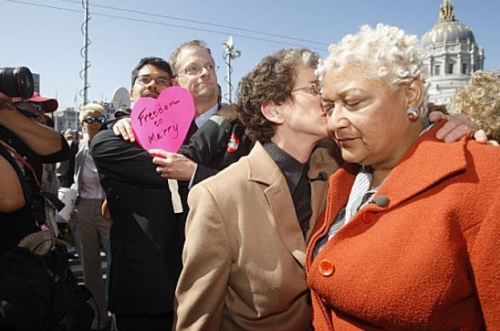the way we were
'zines/magazines
alison bechdel
greatest hits
interview
all the things they said
LGBT history
all the things they said
greatest hits
butch/femme
female masculinity
LGBT history
Queer History
all the things they said
Lists/Top 10s
greatest hits
lesbian bar culture
lesbians they didn't teach you about in history class
LGBT history
bisexual tv history
curated














